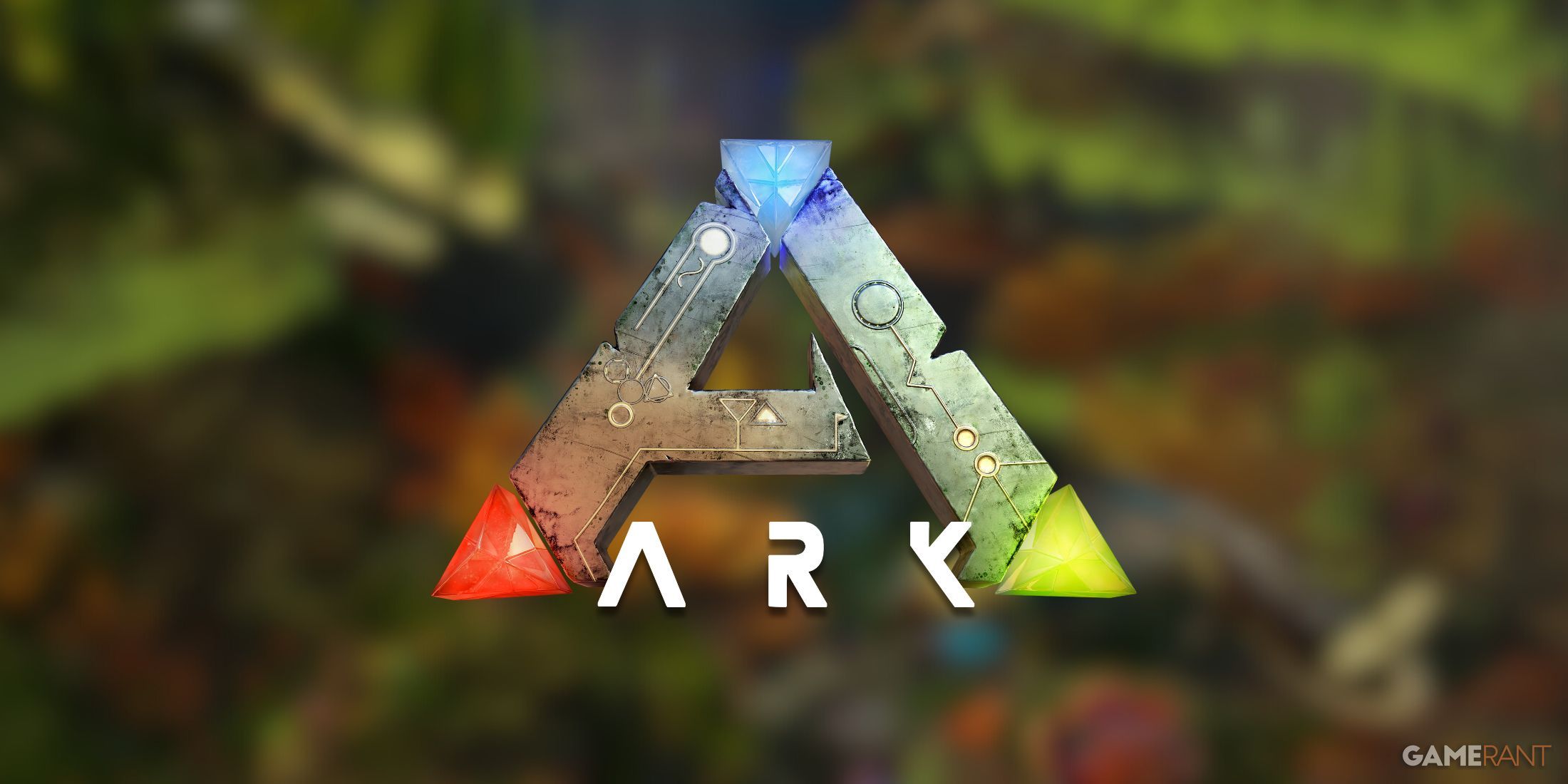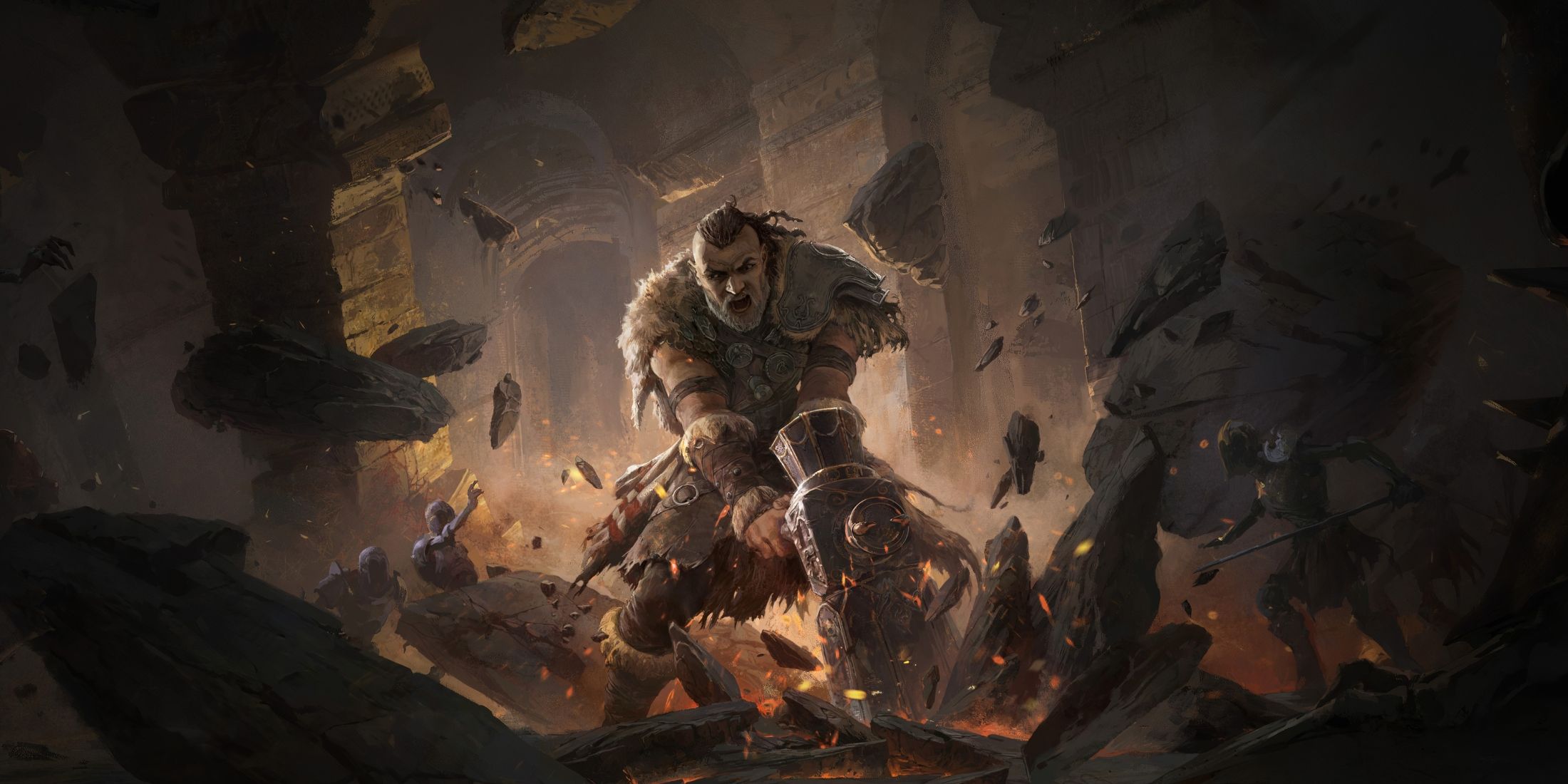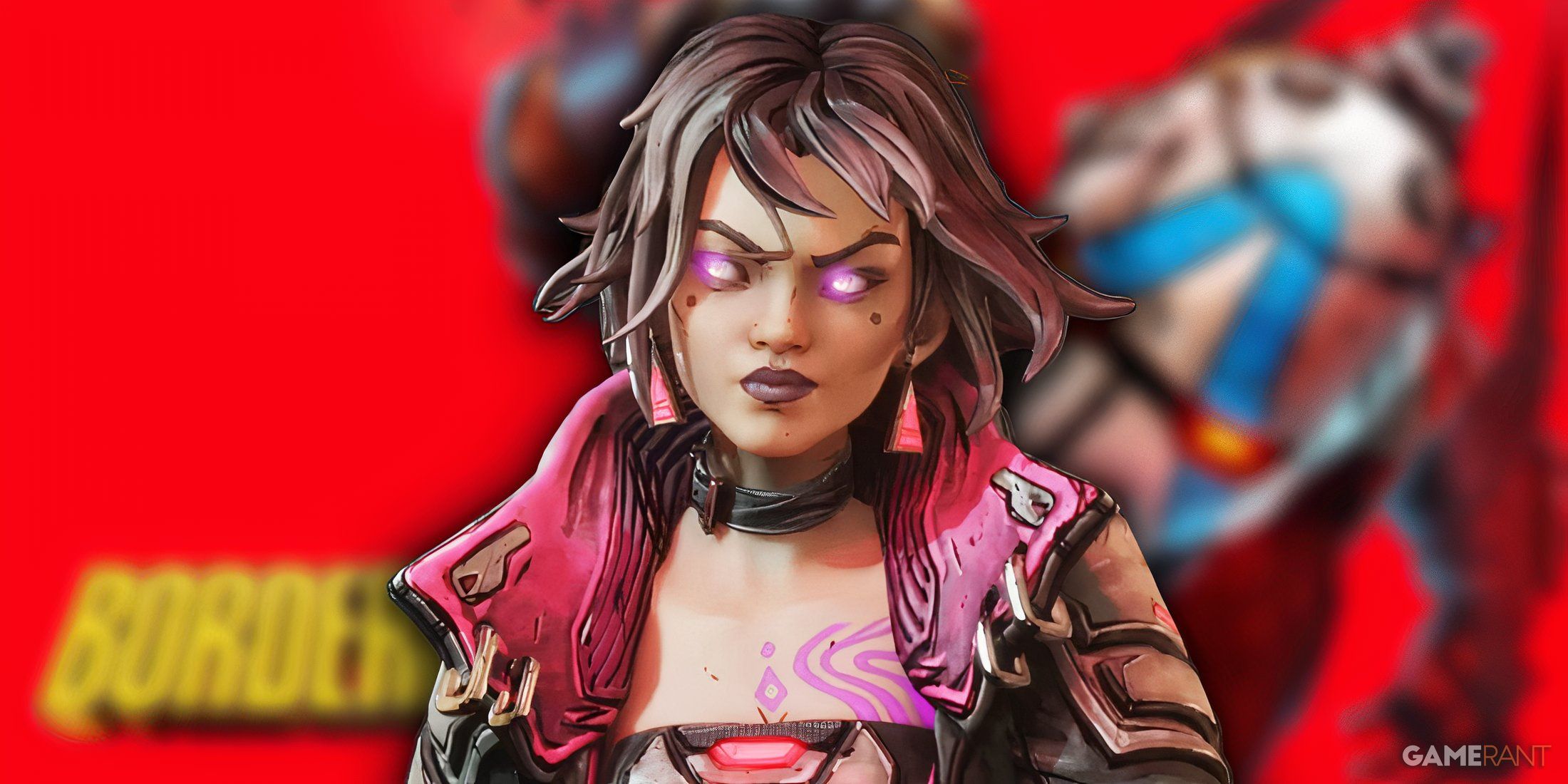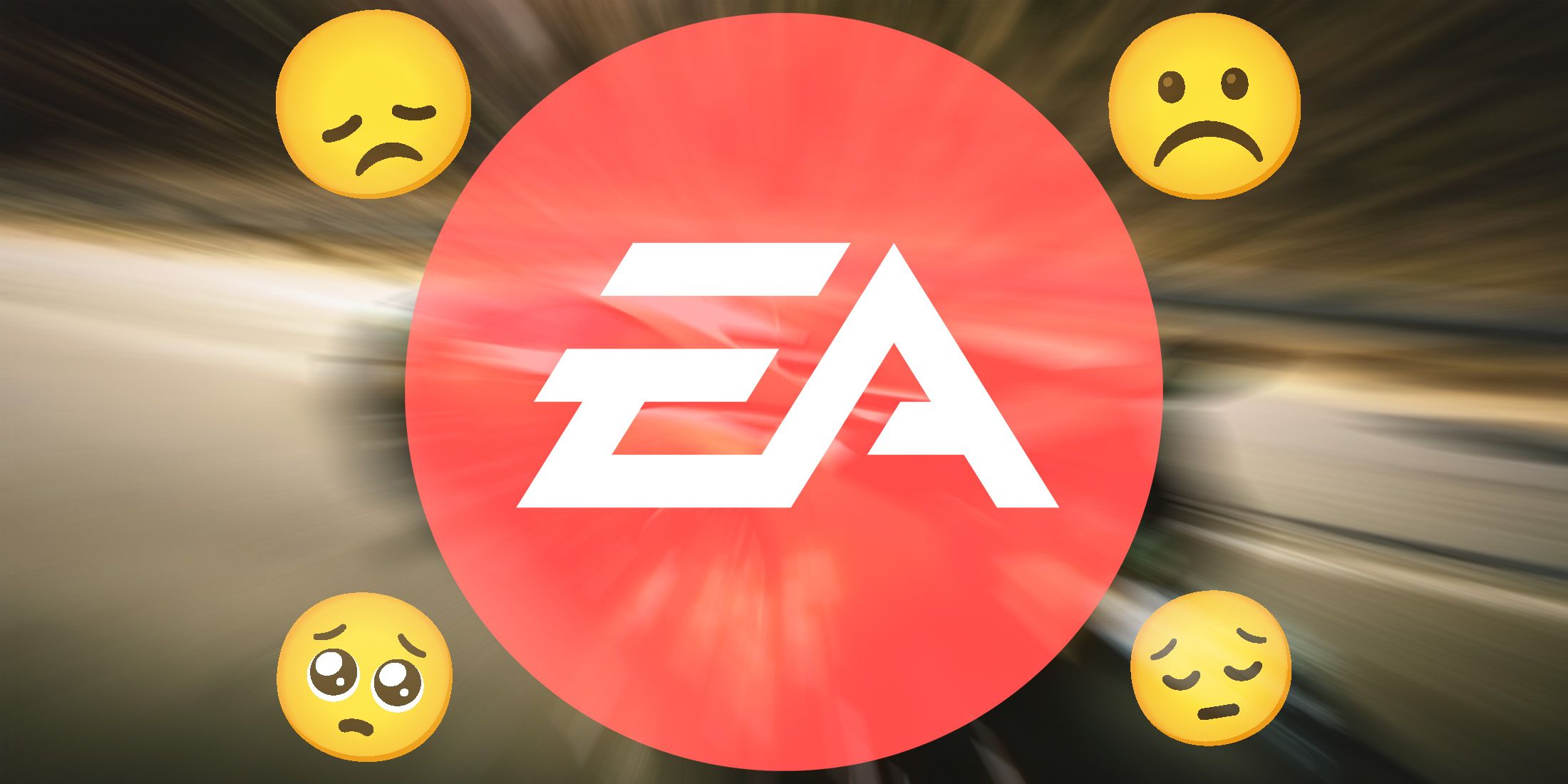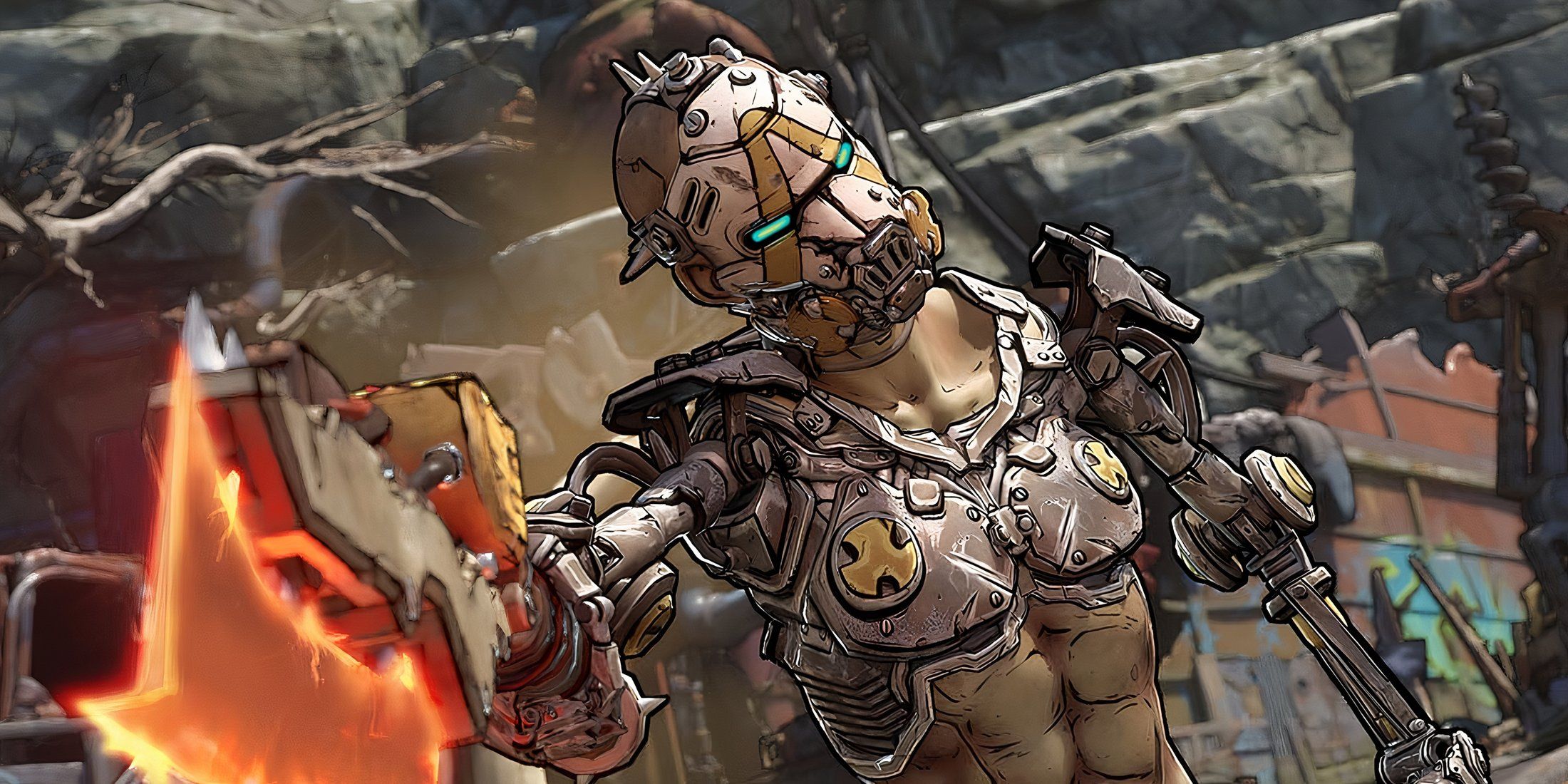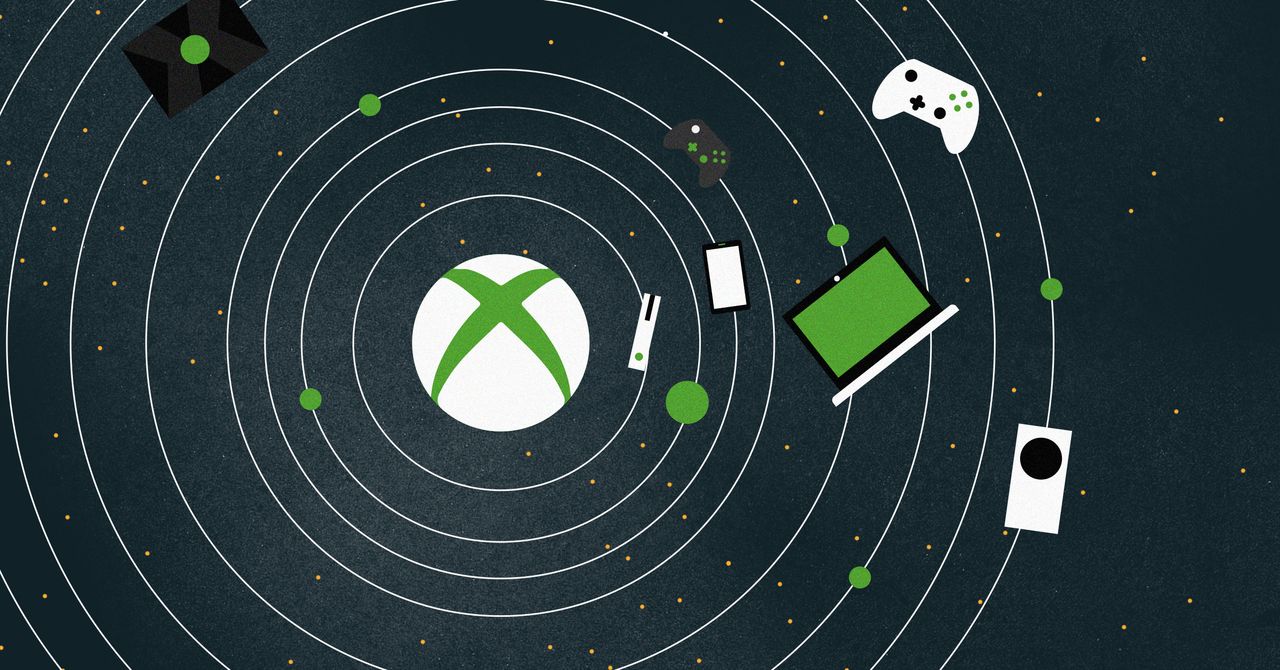
“Performance” is an Xbox word. So is “power.” When Microsoft wants you to think about Xbox—specifically, buying an Xbox—it has a lexicon well-honed over nearly two decades to connect two ideas: big daddy hardware and big-number performance. Microsoft could talk about teraflops and terabytes all day, but it traditionally both shows and tells.
An Xbox 360 ad shows a confused teen drop his phone and pick up a sword lodged in the city street. He’s in a game; the copy reads “Jump in.” To promote the Xbox One, phrases like “Ultimate precision” and “Games that feel like real life” underline porny hardware footage. For the Xbox One X, intricate computer chips and glowing circuit boards metastasize into the lines of a human iris. Even for its lower-tech sister, the Xbox One S, the ad opens with “4k Ultra HD Video.” The message is clear: Xbox tech will make your game look so good you’ll be swimming in it.
The above is not just a history of Xbox’s marketing strategy; it’s a commentary on its whole schtick. The Xbox has traditionally been a luxury item designed to shove as many pixels into our eyeholes as modern tech will let it. And traditionally, compared to the PlayStation or Nintendo devices, Xbox has leaned hard on horsepower as a sales pitch. But seven years after its last console generation launched, the Xbox Series S and Series X will soon arrive in a modern gaming climate with entirely modern expectations—and not necessarily for the most baroque hardware specs.
In 2020, the ever-expanding gaming population is in the spirit of making trade-offs. Resolution for cross-device gaming. A better price point for a less powerful GPU. Exclusives for subscription services. Everybody is a gamer now, and not everybody’s life can accommodate a $500 immersion box stapled to the living room TV stand.
In interviews with WIRED, Xbox executives detailed a more holistic strategy going into their splashy November launches. As with the previous generation, Microsoft will offer a high-octane Xbox and a stripped-down alternative: the Xbox Series X and Series S. But Xbox’s two-console launch is just the superscript. “So much of my experience as a gamer 10, 20 years ago was dictated by what device I played on,” Xbox head Phil Spencer tells WIRED. Today, he says, he’s pushing for a reality in which “the device doesn’t dictate to me what I can do—I’m going to want to bring my experience to any device, whether it’s a PC, my phone, or a great console.”
Xbox has spent years architecting a digital terrarium for its new machines. Its unholy-good Game Pass subscription plan provides a sort of “Netflix for video games,” while its cloud gaming service powers its presence on Android devices. The foundation for this live ecosystem is a new, more democratic ideology toward gaming—one that decenters performance from the console gaming experience.

